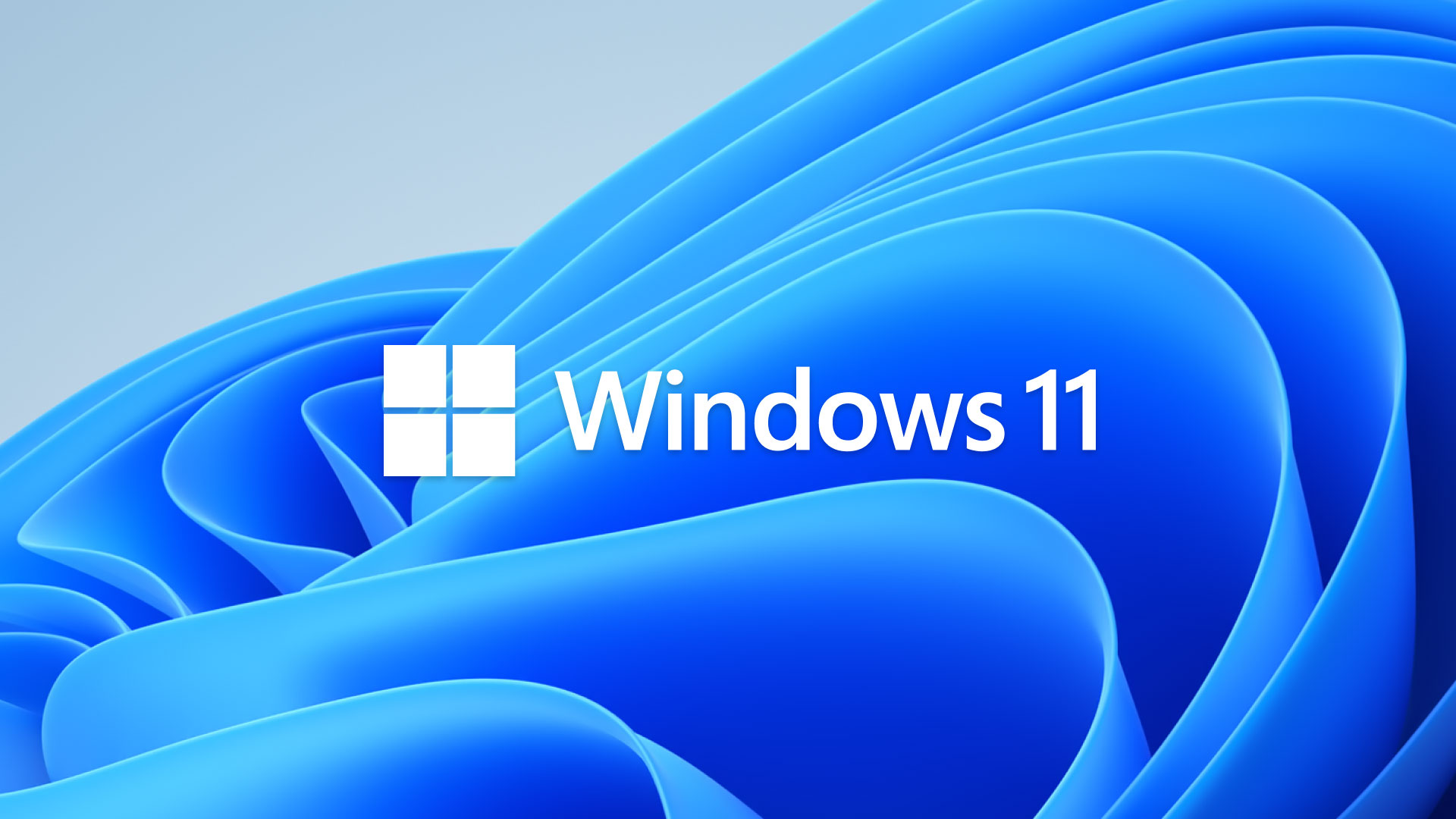Microsoft has officially announced that support for Windows 10 will end on October 14, 2025. For small businesses, this marks a crucial turning point. After this date, Windows 10 will no longer receive security updates, bug fixes, or technical support—leaving systems vulnerable to cyber threats and compliance risks.
If your business is still running Windows 10, now is the time to start planning your transition to Windows 11. Upgrading isn’t just about staying current—it’s about unlocking new tools and features that can help your business thrive.
Why Upgrade to Windows 11?
1. Enhanced Security:
Windows 11 is built with modern security in mind. It includes features like hardware-based isolation, encryption, and advanced threat protection—ideal for safeguarding sensitive business data.
2. Improved Performance:
With a streamlined interface and better memory management, Windows 11 offers faster boot times and smoother multitasking, helping your team stay productive.
3. Seamless Collaboration:
Windows 11 integrates tightly with Microsoft Teams, making it easier for remote and hybrid teams to communicate and collaborate in real time.
4. Future-Proofing:
By upgrading now, you ensure compatibility with the latest software and hardware, reducing the risk of disruptions down the line.
What Should You Do Next?
Start by assessing your current devices to see if they meet Windows 11’s system requirements. If not, consider budgeting for hardware upgrades. Microsoft and IT service providers can help with migration planning to ensure a smooth transition.
Don’t wait until the last minute—upgrading to Windows 11 now will keep your business secure, efficient, and ready for the future.


 using WordPress and
using WordPress and
Comments are closed